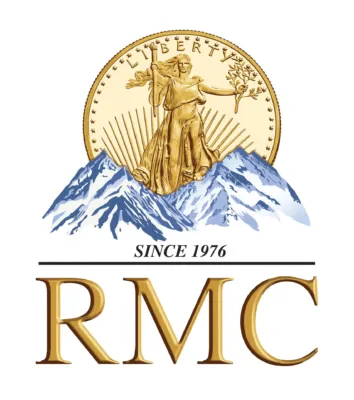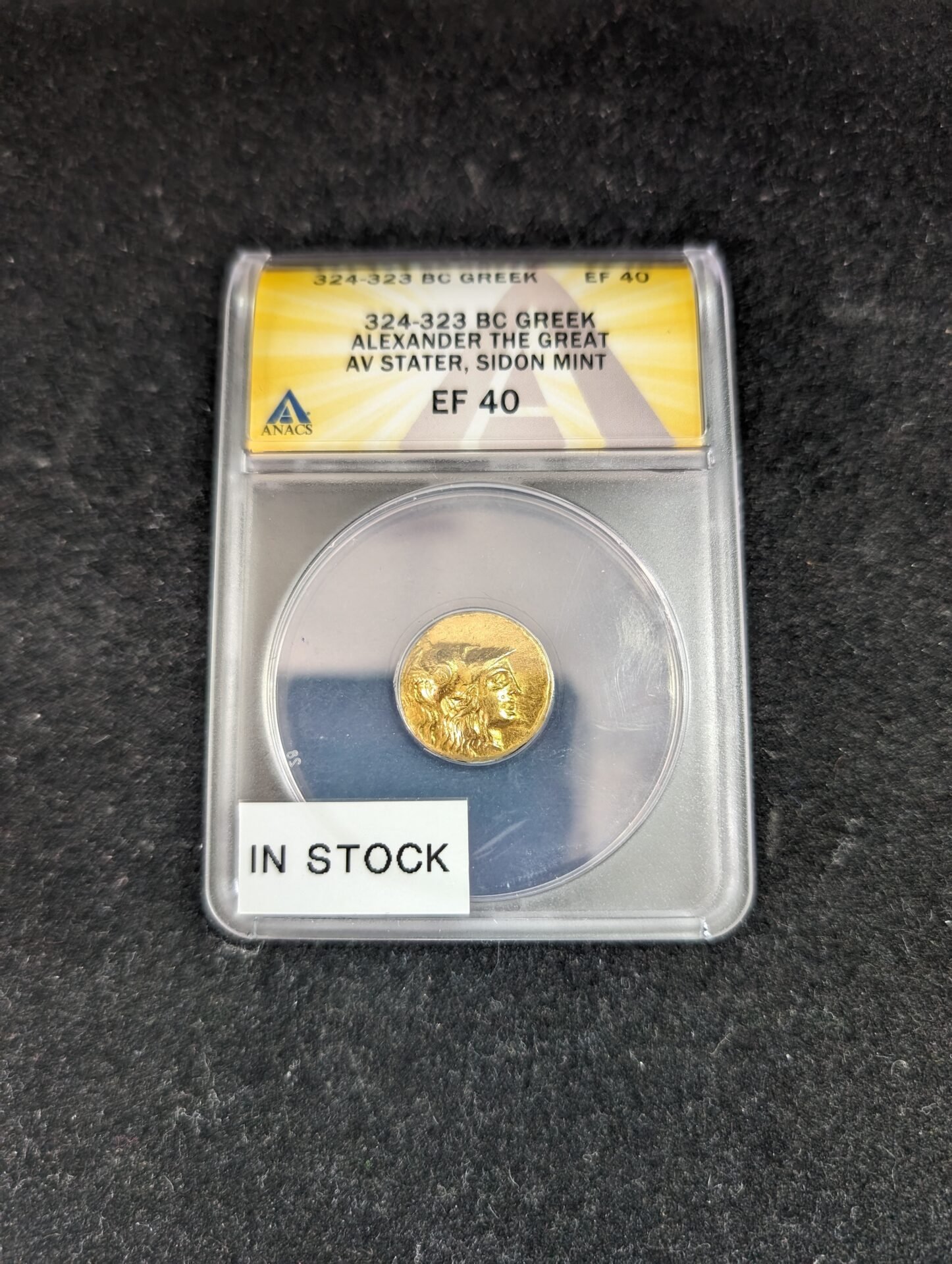A Quick Guide to Collecting United States One Cent Pieces
Officially known as the “one cent” piece, a penny has been around for multiple centuries. Originally receiving its nickname from British currency, the term “penny” has stuck around and become the common term used for the coin. Ever since its debut in 1792, the penny has evolved over the years and you can collect several different designs.
Follow our quick guide to learn about various versions of the penny to collect and own.
Fugio Cent

The first one-cent coin ever released is referred to as the “Fugio cent.” Released in 1787, the coin was made of pure copper and was a little larger than the standard penny we have today. The coin design features a sun and a sundial. The reverse side of the coin features thirteen circle links and the phrase “we are one” to represent the 13 original states in the country.
The design was created by Benjamin Franklin and was around for several years until the US Mint began creating new penny designs.
Flowing Hair Cent Pieces

After the Fugio Coin, the US Mint commissioned their first one-cent piece known as the “Flowing Hair” series. Two different designs were commissioned in 1793, with each one displaying Lady Liberty with flowing locks of hair. The main difference between the two coins was the back of the coin.
One coin features a chain link to represent the United States like the Fugio coin. The second version features a wreath design. Like the Fugio coin, the “Flowing Hair” cent pieces were a little larger than the standard penny we have today.
When first released, the Lady Liberty portrait was criticized for the ghost-like design, so the US Mint briefly release the Liberty Cap cent as an alternative. The design is similar but includes a different hairstyle along with a bow in the hair.
Lady Liberty Designs
Through the rest of the 1700s and into the mid-1800s, many more Lady Liberty designs were used. These one-cent coins were all minted on the larger penny size. The designs included a lot of side profiles of Lady Liberty. Unique features included hair bands that said “Liberty.” Stars began appearing on the pennies more as time went on, along with the bald eagle and more symbols of America.
Flying Eagle Cent

In 1856, the cent would change and release in the standard size we know today. Known as the “Flying Eagle” cent, the coin was made with a majority of copper, but also included a small percentage of nickel. The design replaced Lady Liberty with a soaring eagle. The back of the penny showcases a wreathe design, which became common with the Lady Liberty coins.
This design was popular, but only lasted a couple of years before it was replaced.
Indian Head Cent

Besides the modern-day Abraham Lincoln design, one of the longest-lasting penny designs in the United States was the Indian Head cent. First minted in 1859, the coin once again depicts Lady Liberty, but this time she is wearing a traditional Native American headdress with feathers. The reverse side kept the wreath tradition found on many early editions of the penny.
The materials found in the coin depended on the release date. Early editions of the coin were made with copper and nickel. A nickel shortage changed the coin design and in 1864, the coin featured a majority of copper with 5 percent of it being made of tin and zinc.
The Indian Head cent was minted until 1909 when the Lincoln cent was released. Ever since then, the penny has featured some form of Abraham Lincoln.
Shop for antique pennies and other coins at Rocky Mountain Coin. We have a large inventory and constantly get new pieces if you are looking for something specific. Along with pennies like those mentioned, we carry a wide range of United States currency from past and present.




